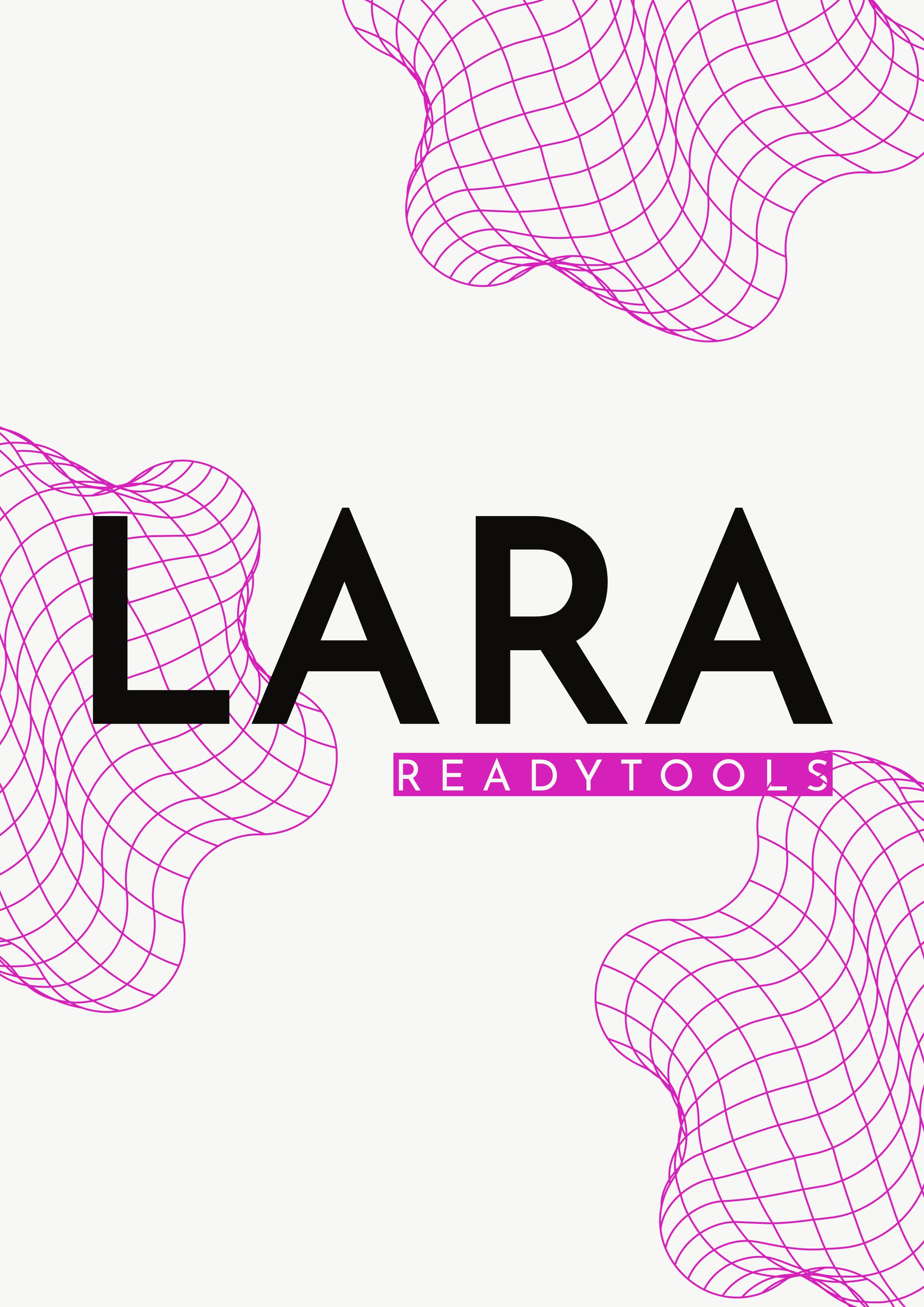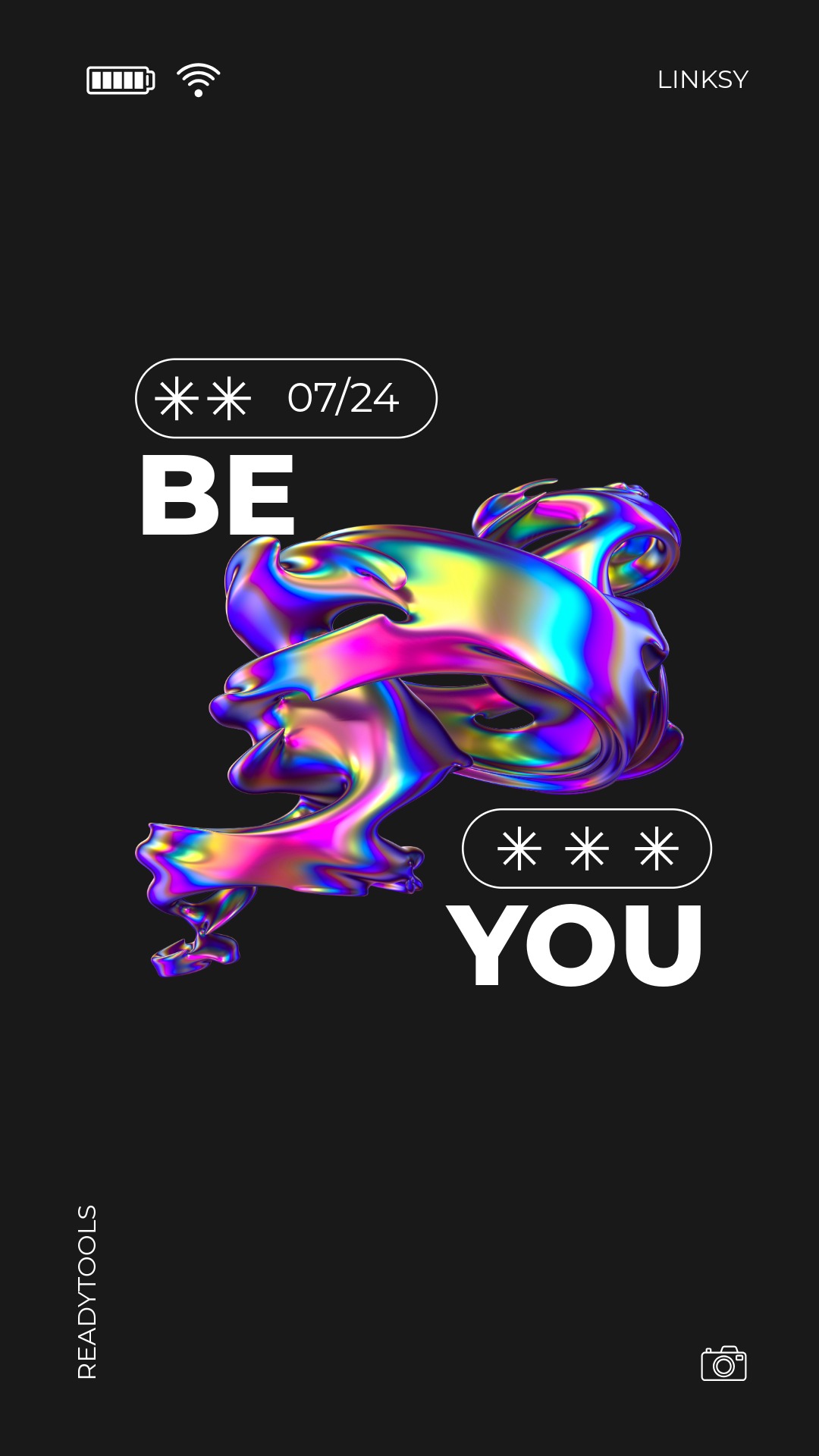Set Theory Paradoxes
Set theory paradoxes are contradictory situations that arose in naive set theory. These paradoxes showed that not every arbitrarily formulated set can be considered existent, and a stricter axiomatic system is needed (for example, Zermelo–Fraenkel set theory).
Russell's Paradox
Russell's paradox starts from the following question: consider those sets that do not contain themselves as elements. Let R = { A | A ∉ A }. Now, ask the question: is R ∈ R?
- If R ∈ R, then by definition, R should not contain itself → contradiction.
- If R ∉ R, then by definition, R should contain itself → also contradiction.
This contradiction points out that the naive set theory is unregulated, and not every 'rule'-defined set can be considered valid.
Barber Paradox
The everyday equivalent of Russell's paradox is the Barber paradox: in a village, the barber shaves exactly those who do not shave themselves. The question: who shaves the barber?
- If the barber shaves himself, then he shouldn't shave himself.
- If he doesn't shave himself, then he should shave himself.
This is also a contradiction that well illustrates the essence of Russell's paradox in everyday life.
Lesson
The paradoxes pointed out that set theory must be regulated with axioms. As a result, Zermelo–Fraenkel set theory (ZF) emerged, which provides a safer framework for modern mathematics.
Solved Example
Suppose a set is defined as: S = { x | x is a set, and x ∉ x }. Decide if S ∈ S!
- If S ∈ S, then by definition, S cannot be its own element.
- If S ∉ S, then by definition, S should contain itself.
Both cases lead to contradiction. This is exactly the logic of Russell's paradox.
Practice Exercise
We have reviewed and checked the materials, but errors may still occur. The content is provided for educational purposes only, so use it at your own responsibility and verify with other sources if needed.
✨ Ask Lara — your AI study partner
Unlock personalized learning support. Lara can explain lessons, summarize topics, and answer your study questions — available from the Go plan and above.
Lara helps you learn faster — exclusive to ReadyTools Go, Plus, and Max members.


